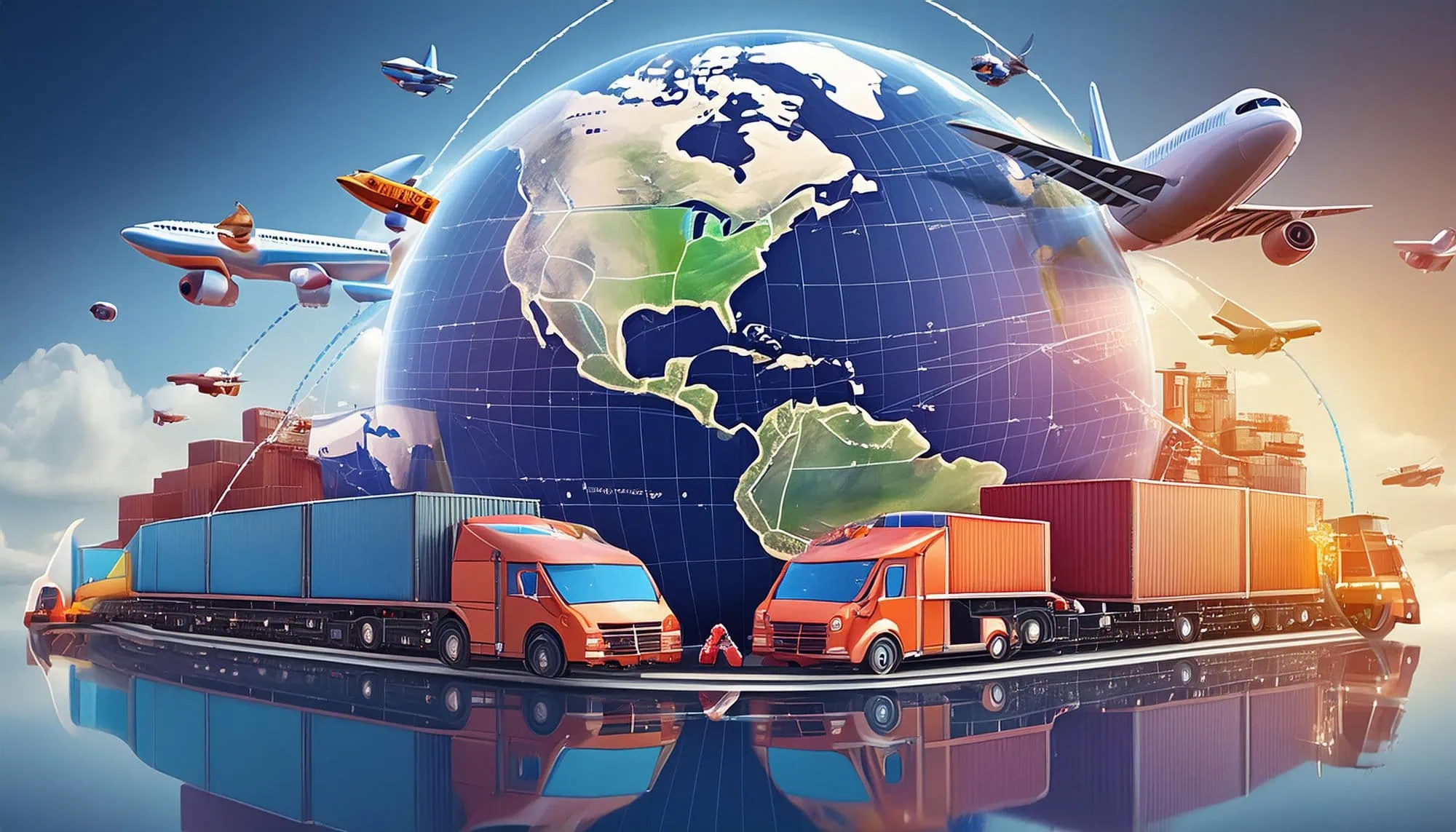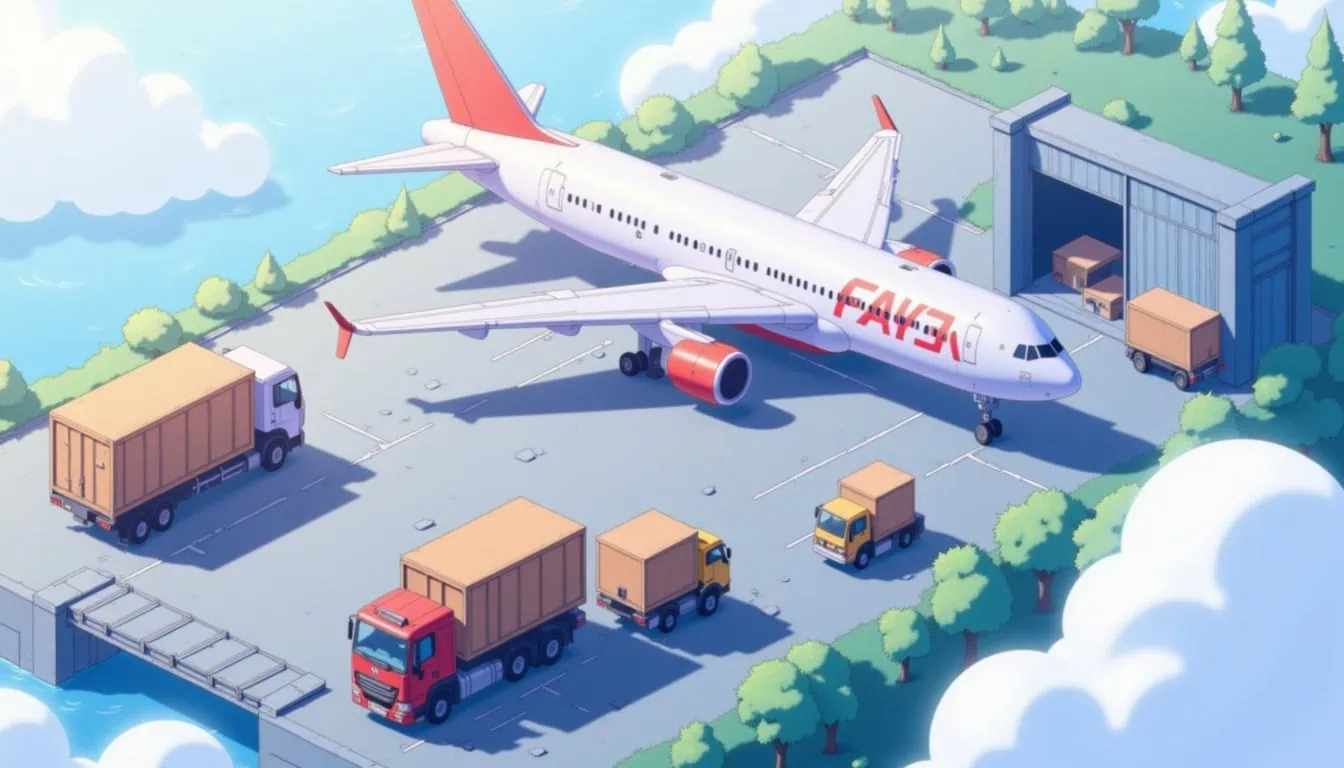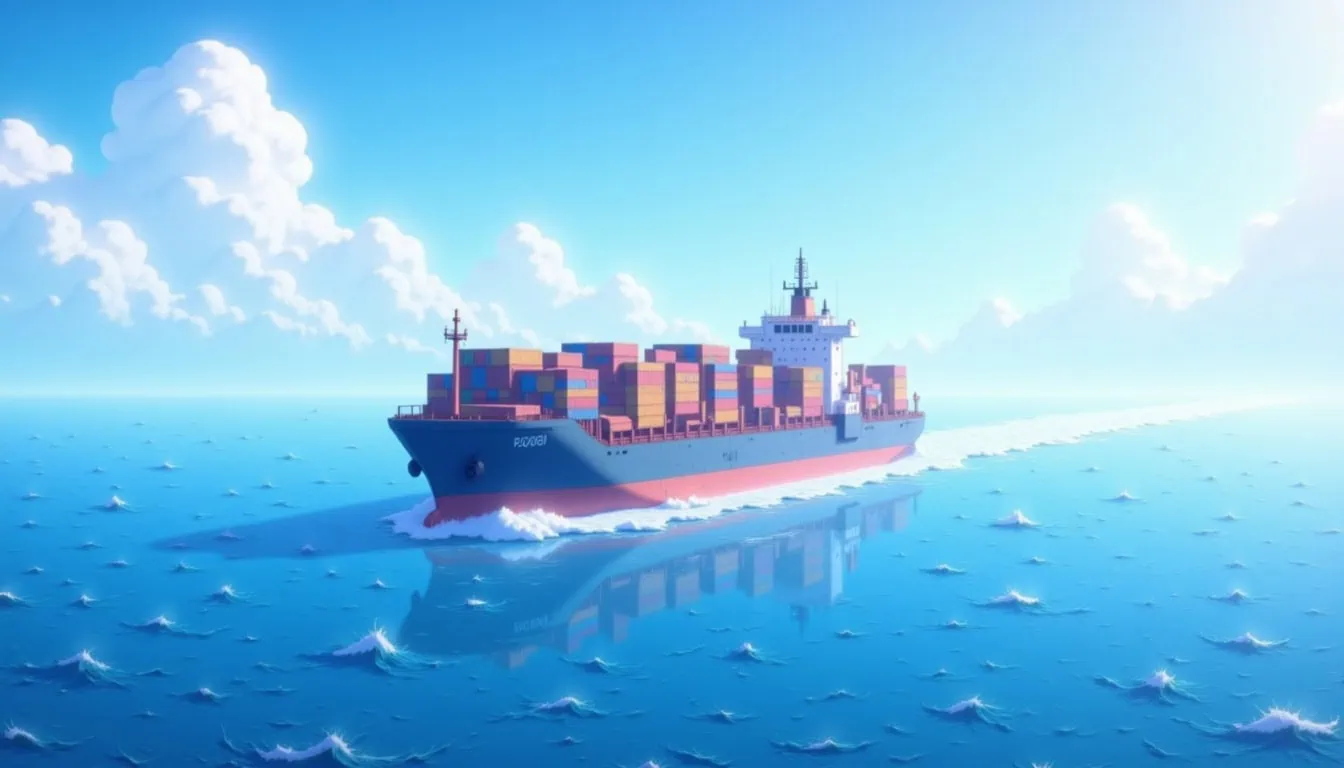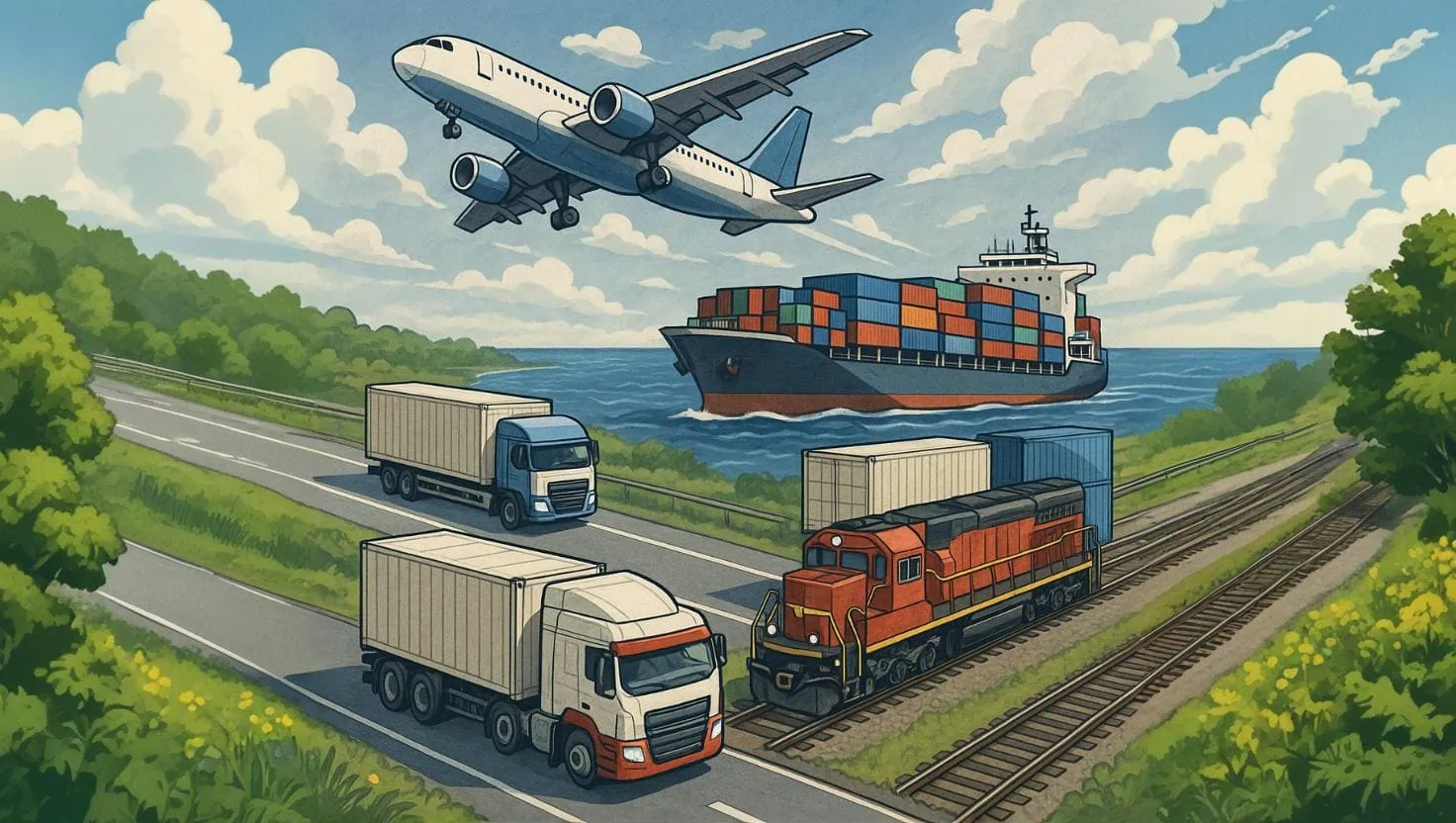
In the world of supply chain management, modalities refer to the various transportation methods used to move goods from one place to another. Each modality has its unique advantages and disadvantages, and understanding these differences is crucial for businesses to make informed decisions about their logistics operations.
In this article, we will explore the comparisons between different modalities in supply chain, highlighting their strengths and weaknesses.
Road Transportation

Road transportation involves moving goods by truck or van over roads and highways. It’s a popular choice for short to medium distances and is often used for last-mile delivery. Goods are loaded into vehicles at a warehouse or distribution center and then driven to their destination. Road transportation is flexible and can be used for a wide range of cargo sizes and types.
Advantages:
- Flexibility and door-to-door delivery capabilities
- Suitable for short to medium distances
- Relatively lower costs
Disadvantages:
- Prone to traffic congestion and delays
- Higher carbon emissions
- Limited capacity
Rail Transportation

Rail transportation involves moving goods by train over rail tracks. It’s a cost-effective option for long distances and is often used for bulk cargo. Goods are loaded into railcars at a terminal or warehouse and then transported to their destination. Rail transportation is ideal for large cargo volumes and heavy goods, and it’s often used in conjunction with other modes of transport.
Advantages:
- Environmentally friendly with lower carbon emissions
- Suitable for long distances and bulk cargo
- Relatively lower costs
Disadvantages:
- Limited flexibility and route options
- Transshipment required for door-to-door delivery
- Infrastructure limitations in some regions
Air Transportation

Air transportation involves moving goods by airplane or cargo plane. It’s the fastest mode of transport and is often used for time-sensitive or high-value goods. Goods are loaded into aircraft at an airport and then flown to their destination. Air transportation is ideal for long distances and is often used for international trade.
Advantages:
-
Fastest transportation mode with quick transit times
-
Suitable for time-sensitive and high-value cargo
-
Global accessibility
Disadvantages:
-
Highest costs among all modalities
-
Security restrictions and regulations
-
Limited capacity
Sea Transportation

Sea transportation involves moving goods by ship over oceans and seas. It’s the most cost-effective option for long distances and is often used for bulk cargo. Goods are loaded into containers at a port or terminal and then transported to their destination. Sea transportation is ideal for large cargo volumes and heavy goods, and it’s often used for international trade.
Advantages:
-
Most cost-effective for long distances and bulk cargo
-
Environmentally friendly with lower carbon emissions
-
Global accessibility
Disadvantages:
-
Slowest transportation mode with longer transit times
-
Prone to weather-related delays
-
Security risks and piracy concerns
Intermodal Transportation

Intermodal transportation involves combining multiple modes of transport (road, rail, sea, air) to move goods. It’s a flexible and efficient option that can reduce transit times and costs. Goods are loaded into containers or trailers and then transported by different modes to their destination. Intermodal transportation is ideal for complex logistics operations and long distances.
Advantages:
-
Combines the benefits of multiple modalities
-
Increased flexibility and route options
-
Reduced transit times and costs
Disadvantages:
- Limited flexibility and route options
- Transshipment required for door-to-door delivery
- Infrastructure limitations in some regions
Each modality in supply chain has its unique strengths and weaknesses. Understanding these differences is crucial for businesses to make informed decisions about their logistics operations. By selecting the right modality or combination of modalities, businesses can optimize their supply chain operations, reduce costs, and improve delivery times.
As the supply chain landscape continues to evolve, it is essential to stay adaptable and responsive to changing market demands and customer expectations.
